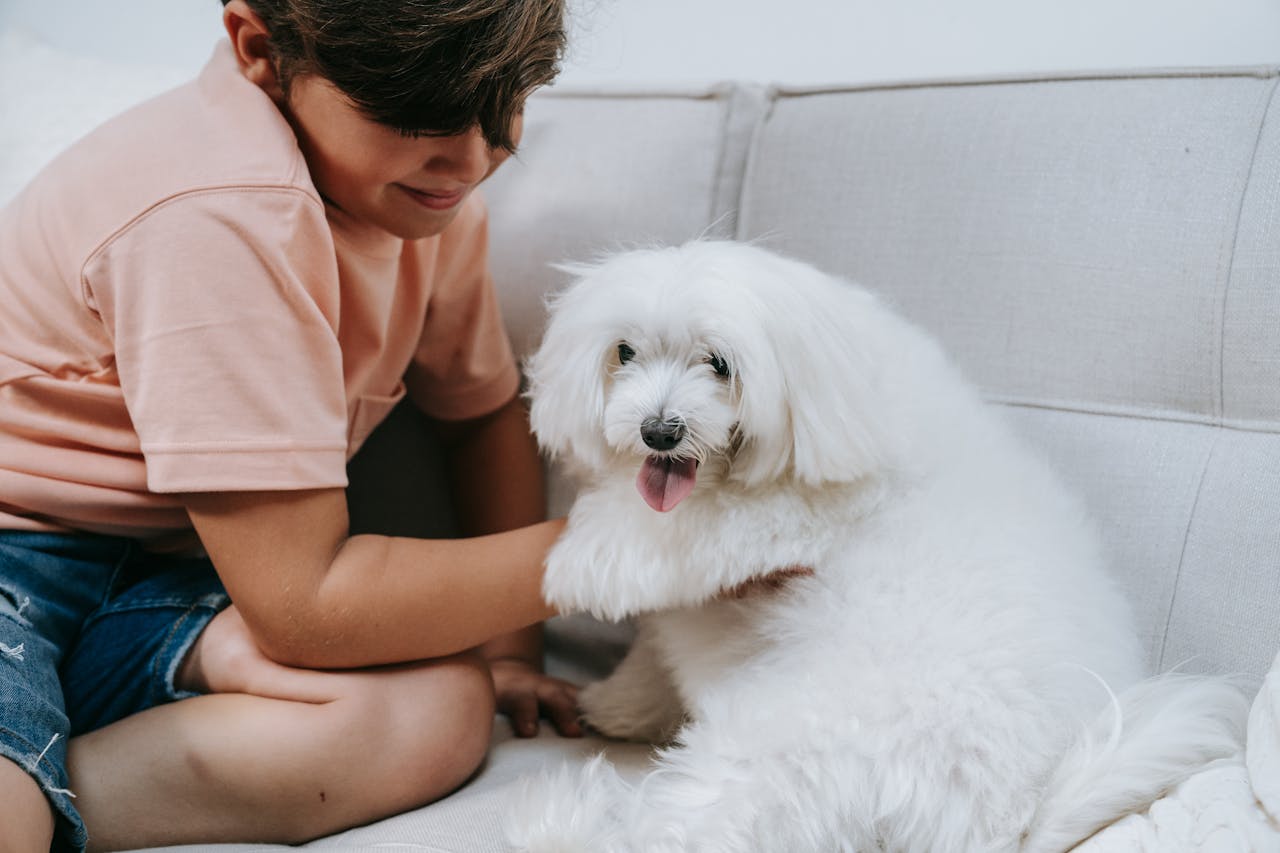How Cold Is Too Cold for Your Dog?

But when winter rolls in and the temperatures drop, you might find yourself wondering: Is it too cold for my dog to be outside?
Let’s take a look at how to tell when it’s too cold for your furry friend and how to keep them safe and cozy all winter long.
How Cold Is Too Cold?
Every dog is different — some love the snow, others would rather stay wrapped in a blanket. But generally speaking:
-
Above 45°F – Most dogs are totally fine.
-
Below 45°F – Some dogs, especially small or short-haired ones, might start to feel chilly.
-
Below 32°F – Puppies, seniors, and dogs with health issues should be closely monitored.
-
Below 20°F – All dogs are at risk for cold-related health problems like frostbite or hypothermia.
Of course, these are just guidelines. Your dog’s individual traits matter a lot when it comes to cold tolerance.
Factors That Affect Your Dog’s Cold Tolerance
Coat Type
Thick-coated breeds like Huskies and Malamutes are made for winter. But short-haired pups like Greyhounds or Chihuahuas can get cold fast and may need a sweater or jacket.
Coat Color
On sunny days, dogs with darker fur absorb more heat, which can help keep them warmer than their light-colored friends.
Size and Weight
Small dogs lose body heat more quickly than large dogs. Also, a little extra body fat provides insulation — though keeping your dog at a healthy weight is always the goal.
Age and Health
Young puppies, older dogs, and those with medical conditions may struggle to regulate their body temperature and are more prone to the cold.
Acclimation
Dogs who are used to winter weather handle it better than those who aren’t. Just like us, their tolerance builds up over time.
Other Weather Factors to Watch
It’s not just the temperature — other elements can make a cold day feel even colder for your pup:
-
Wind chill: Cuts through fur and drops the “feels like” temperature.
-
Wet fur: Rain, snow, or even heavy fog can make your dog cold fast.
-
Cloud cover: No sun means no solar warmth.
-
Activity level: A zooming pup stays warmer than one who’s just standing around.
How To Keep Your Dog Warm
Coats and Sweaters
Short-haired or smaller dogs benefit from a sweater or jacket when it’s chilly. For extremely cold days, choose something insulated, windproof, and water-resistant.
Some good options include:
-
A soft knit sweater for mild days
-
An insulated winter coat for those snowy walks
Boots for Paws
Snow, ice, and salted sidewalks can be tough on paw pads. Dog booties help protect against cold and prevent injuries or irritation. Look for waterproof, durable options with good grip.
Is It Safe to Walk My Dog in the Cold?
Absolutely — just be smart about it. If it’s below freezing, limit your walk to a quick potty break, especially if your dog is small, short-haired, or vulnerable due to age or health.
Watch for signs that your pup’s had enough, including:
-
Shivering
-
Whining or paw lifting
-
Slowing down or trying to head home
-
Looking for warm spots to stand
And always shovel a small path or bathroom area in the snow so your dog doesn’t have to dig their way to relief!
Warning Signs of Frostbite or Hypothermia
If your dog has been out in the cold and shows these symptoms, call your vet right away:
-
Lethargy or confusion
-
Pale or cold ears, paws, or tail
-
Severe or prolonged shivering (or shivering that stops — a bad sign)
-
Trouble walking
Final Thoughts
Cold weather doesn’t mean the end of outdoor fun — it just means you and your dog need to bundle up a bit more. Watch your pup, know their limits, and adjust your winter routine to keep them comfortable and safe.
And when in doubt? A warm lap and a cozy blanket never fail.
Get insurance plans with wide-ranging coverage options







